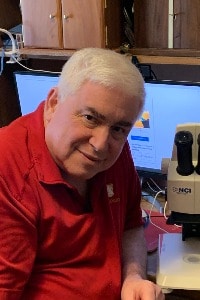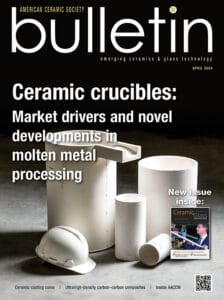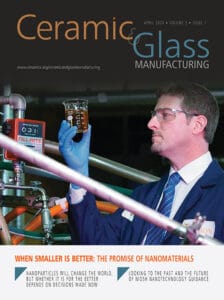 Steve Feller has been a physics professor at Coe for 43 years. During this time, he taught most courses in the undergraduate physics curriculum at Coe College. His research is squarely with student colleagues and centers on the atomic structure and physical properties of glasses including many newly discovered invert regimes. In this area, he has worked with about 250 undergraduates. With these students he has published 170 papers in the refereed literature of the field. Also, he has edited several books on glass science. His students and he have given over 300 presentations at well over 150 national and international conferences. Funding from over 100 grants for $10,000,000 has been secured since 1983 from a large number of foundations, including the National Science Foundation. Also, he has a research-level interest in numismatics, the study of the history of money. In this area he has published over 160 articles, parts of several books, and in 2007 he coauthored (daughter, Ray) Silent Witnesses: Civilian Camp Money of World War II, now the standard in the field.
Steve Feller has been a physics professor at Coe for 43 years. During this time, he taught most courses in the undergraduate physics curriculum at Coe College. His research is squarely with student colleagues and centers on the atomic structure and physical properties of glasses including many newly discovered invert regimes. In this area, he has worked with about 250 undergraduates. With these students he has published 170 papers in the refereed literature of the field. Also, he has edited several books on glass science. His students and he have given over 300 presentations at well over 150 national and international conferences. Funding from over 100 grants for $10,000,000 has been secured since 1983 from a large number of foundations, including the National Science Foundation. Also, he has a research-level interest in numismatics, the study of the history of money. In this area he has published over 160 articles, parts of several books, and in 2007 he coauthored (daughter, Ray) Silent Witnesses: Civilian Camp Money of World War II, now the standard in the field.
Feller has been honored a number of ways including being named, in 2003, Fellow of both the American Ceramic Society and the British Society of Glass Technology (SGT). In 2016 he became one of three Centennial Fellows of the SGT. He was named Iowa Professor of the Year (1995) by the Carnegie Foundation for the Advancement of Teaching. He was given the 1993 American Physical Society Prize to a Faculty Member for Research in an Undergraduate Institution. During spring and summer 1996 he served as a Fulbright Scholar to the United Kingdom where he did neutron scattering studies of glasses and crystals. He has been as visiting scholar to Greece, the UK, Japan, China, and Austria. In 2017 he was the honoree of the International Borate Conference held at Oxford, UK.
Presentation title: Bending light with glass: Images from the cosmos to the microbe
Abstract: Of fundamental importance to humankind has been the ability of light to be bent by glass. This has led directly to magnifying lens and to more powerful microscopes and telescopes. In this talk I will review the history and physical operation of each of these devices with ample illustration. Over time these devices have extended our relatively feeble eyesight to the very small and the very large. they have extended our visible light vision to other important parts of the electromagnetic spectrum such as the radio, microwave, infrared, ultraviolet, and the x-ray. From the modern era I will display spectacular images from the Hubble Telescope and Earthbound versions as well as, hopefully, the first images from the new James Webb Telescope recently launched (which wile primarily non glassy still has a layer of glass on its mirror). The new telescope is designed to peer into the universe in its very early years of formation. What, for example, did the first galaxies look like?
While Galileo and Newton were among the leaders in the development of these devices; it is true that we are living in the time of the most intense use of light-bending devices. You are invited to join me in an exploration of this most important and fundamental use of glass in this the International Year of Glass.
Subscribe to Ceramic Tech Today

Don’t miss the latest ceramic and glass materials news. Receive the CTT newsletter to your email three times a week by subscribing at this link.
Subscribe to Ceramic & Glass Manufacturing Weekly

Don’t miss the latest ceramic and glass business news. Receive the C&GM Weekly newsletter to your email every Monday by subscribing at this link.


